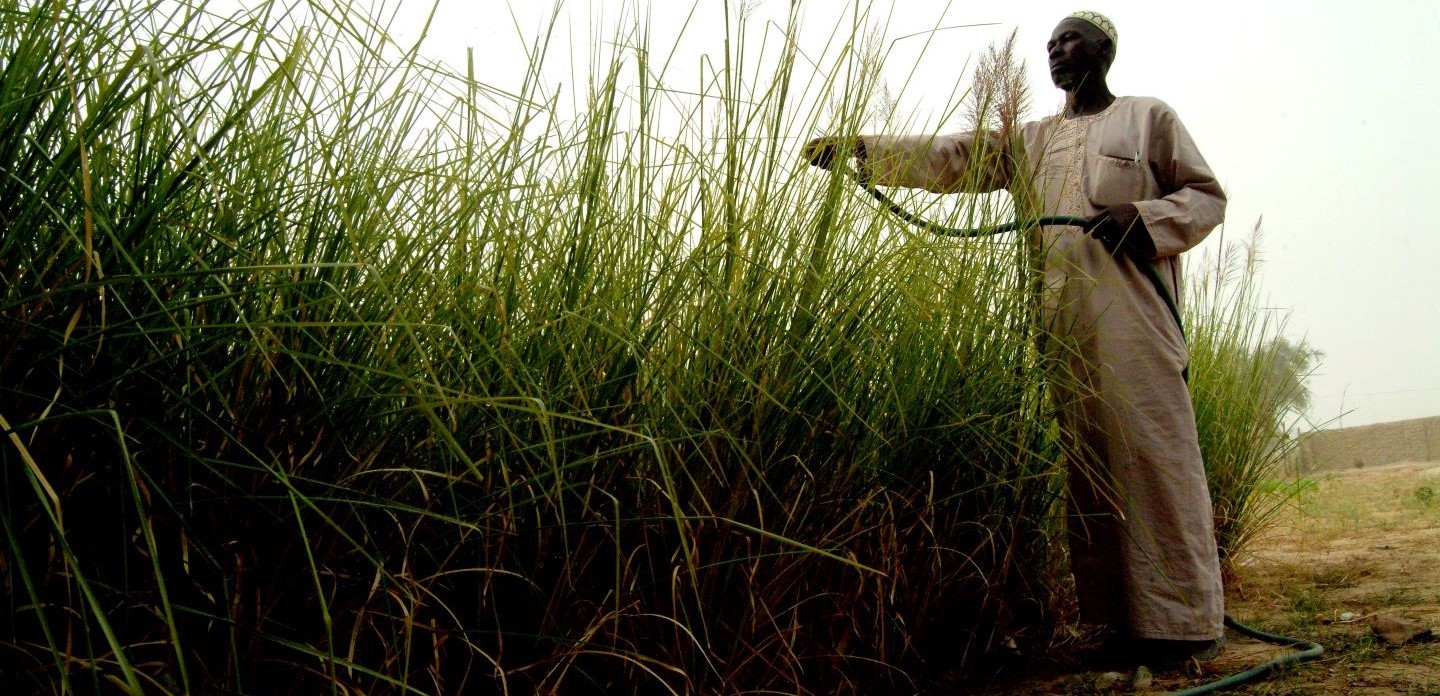These numbers show that restoring drylands and preventing desertification is good for the planet – and good for us
IFAD Asset Request Portlet
Asset Publisher
These numbers show that restoring drylands and preventing desertification is good for the planet – and good for us
Estimated reading time: 3 minutes
Drylands make up 40 per cent of the world’s land surface.
Drylands are areas where the amount of rainfall is much lower than the amount of water that’s lost to the atmosphere through evaporation or transpiration. These conditions make water a scarce and precious commodity.
From California to the Sahel, from the steppes of Central Asia to the Andes, these are some of the most productive ecosystems in the world. But they’re also some of the most fragile.
Why does this matter? More than two billion people live in dryland areas. And climate change and environmental degradation are upsetting the delicate balance of these lands.
Hotter, drier conditions spur a process called desertification – a vicious cycle that exacerbates climate change by degrading soils, changing vegetation cover and by distributing sand and dust aerosols.
Combined with poor resource management and a loss of biodiversity, this spells bad news for plants, animals, and people.
That’s why IFAD is protecting 1.7 million hectares of land with climate-resilient practices.
For example, in Ethiopia, highly degraded communal lands are being regulated to restore soils and limit livestock over-grazing through community agreements instead of using physical fencing. As a result, biodiversity, vegetative cover, and water infiltration are rising.
Dryland degradation means developing countries lose up to 8 per cent of their national domestic product every year.
Exploitation of resources, poor management, and climate change leave dryland soils degraded and less able to support crops, livestock, and wildlife – and the people, societies and economies that depend on them.
Declining land productivity drives hunger, increases poverty and unemployment, and affects local and national economies. Many people see no option but to migrate from their rural homes to cities or other countries.
Why does this matter? Degraded soils can’t produce the same quantity or variety of food. This makes it harder for the world’s poorest rural people to access the nutrition they need and to earn a livelihood.
In the Sahel, for example, about 135 million people currently depend on degraded lands for their livelihood, and the amount of degraded land in the region is increasing steadily from year to year.
That’s why IFAD is part of the Great Green Wall Initiative, a historic effort to hold back the encroaching desert across the Sahel. Through restored ecosystems, increased food security, better livelihoods, and peacebuilding, millions of small-scale farmers and rural people in 11 countries across Africa are becoming more resilient to climate change and strengthening their national economies.
1.3 billion people could benefit from better food security if we restore degraded ecosystems through agroforestry.
Climate change and desertification are among the main contributors to food insecurity, especially in areas that are highly dependent on agriculture.
Currently, unsustainable practices in wheat, maize, and rice cultivation contribute to worldwide financial losses of US$56.6 billion each year, with another US$8.7 billion lost due to decreased livestock productivity caused by rangeland degradation.
Why does this matter? Restoring productive ecosystems is essential for making sure that everyone gets the right amount and variety of nutritious foods, even when the climate is changing.
In Niger, IFAD-supported land restoration has rehabilitated 101,000 hectares and increased crop yields by up to 40 per cent.
Meanwhile, in the southern highlands of Jordan, where irrigation is a challenge due to dwindling water resources, IFAD-supported sustainable land management has benefited 134,000 people, restored 15,000 hectares of degraded ecosystems, and reduced soil erosion.
We need US$8.1 trillion by 2050 to successfully tackle the interlinked climate, biodiversity, and land degradation crises.
Global investment in nature-based solutions needs to be tripled by 2030, and increased by four-fold by 2050, in order to respond to these crises.
Why does this matter? While it may seem like a lot, it’s an investment that pays incredible dividends in the future. Every dollar invested in restoring nature can generate as much as US$30 in economic benefits in return.
IFAD’s ASAP+ programme, which aims to be the largest fund dedicated to channelling climate finance to small-scale producers, is looking to mobilize US$500 million in climate change adaptation finance.
These actions are the key to reducing poverty, helping producers adapt to climate change, and rehabilitating degraded lands.
Publication date: 09 May 2022